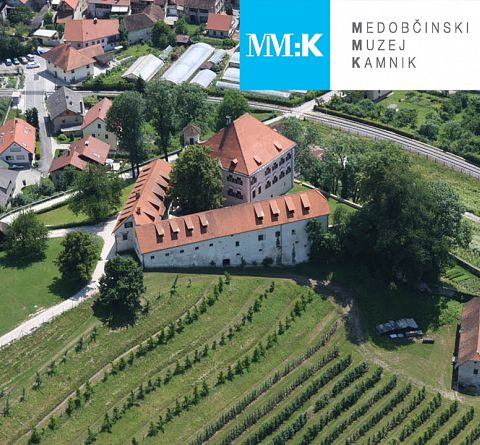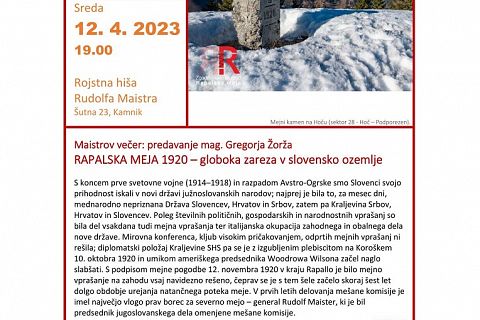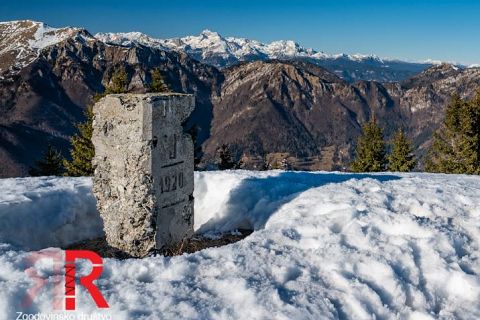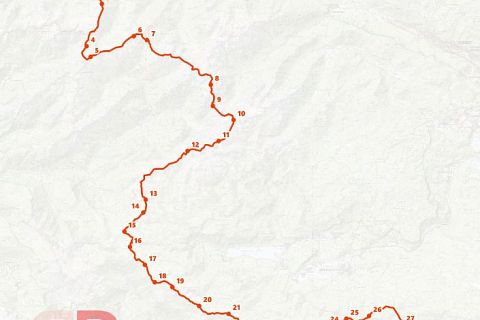Master's evening, lecture by M.Sc. Gregor Žorž, Rapal border 1920
RAPAL BORDER 1920 – a deep cut into Slovenian territory
With the end of the First World War (1914–1918) and the disintegration of Austria-Hungary, Slovenians sought their future in the new country of the South Slavic nations; first it was, for a month, the internationally unrecognized State of Slovenes, Croats and Serbs, and then the Kingdom of Serbs, Croats and Slovenes. In addition to many political, economic and ethnic issues, border issues and the Italian occupation of the western and coastal part of the new country were part of everyday life. Despite high expectations, the peace conference did not resolve open border issues; the diplomatic position of the SHS Kingdom began to rapidly deteriorate with the lost plebiscite in Carinthia on October 10, 1920 and the withdrawal of American President Woodrow Wilson. With the signing of the border treaty on November 12, 1920 in Rapallo, the border issue in the west was at least seemingly resolved, although this was the beginning of an almost six-year long period of regulating the precise course of the border. In the first years of the operation of the mixed commission, the greatest role was played by the fighter for the northern border – General Rudolf Maister, who was the president of the Yugoslav part of the said mixed commission.
Grega Žorž is a geographer and historian, already during his studies he was involved in researching the Rapal border, he is the co-founder and president of the Rapal Border Historical Society. He is also engaged in field research of the remains of the logistical part of the Soča front. With its activities, the Rapalska Meje Society aims to prevent the historical oblivion of a period that was a difficult test for both Slovenia and the Slovenian nation. With the help of archival sources and geographical analyzes of the border line, Gregor Žorž (and members of the association) in various institutions, museums, libraries, and also in the open air lectures about this period in Slovenian history, the creation of the border, the current situation in this area, which also includes the control of border, placement in space and human memory.






